Alex Lambrechts is a fashion and editorial photographer with clients all over the world, to all of whom he offers a very identifiable style. Alex has recently evolved his style choosing to dedicate himself to only shooting colour and black & white negative film.
It is for this reason that Alex’s work was recently pointed out to me by Andy Church from Kodak Alaris. We’d been chatting on the phone about how it was my intention to dig a little deeper into what looks were achievable with some Kodak films. Andy immediately suggested that I check out Alex’s work as someone who works with Kodak films and often exposes for the highlights.
I had a look at Alex’s Instagram, and soon decided to get in touch and ask if he might like to contribute to 35mmc. He soon replied suggesting that we should have a chat on the phone to see what might work. After over an hour of chatting, it was clear there was quite a lot that Alex could bring to the site – specifically around the ideas of style, messaging and inspiration. I had a desire to capture some of the topics we talked and publish them on the blog, and Alex was willing to share them, but with the caveat that he is incredibly busy and might struggle to contribute in the more conventional way I offer to other photographers.
In the end, we decided that an email conversation in the form of an interview would be the best way to approach getting some of his thoughts on these topics out of his head and onto the website. That was a good few weeks ago now. The following is that email conversation, largely unedited for your enjoyment (hopefully):
H. So let’s kick this off with some pictures shall we – seems that’s the best way to give my readership a bit of context. Care to show us a few images? Perhaps a few words about your creative direction?
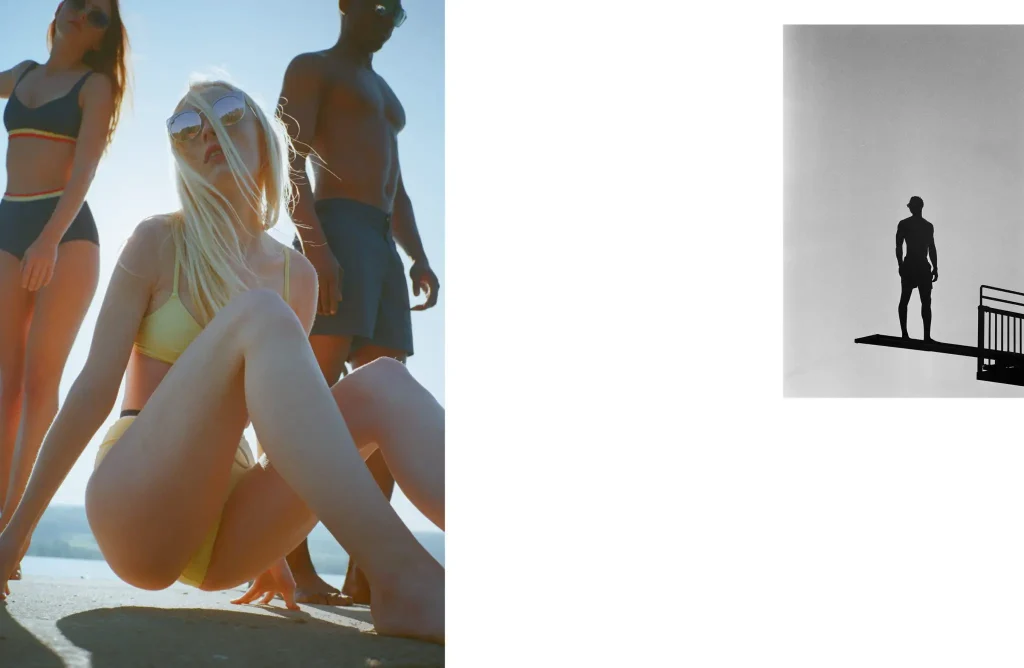
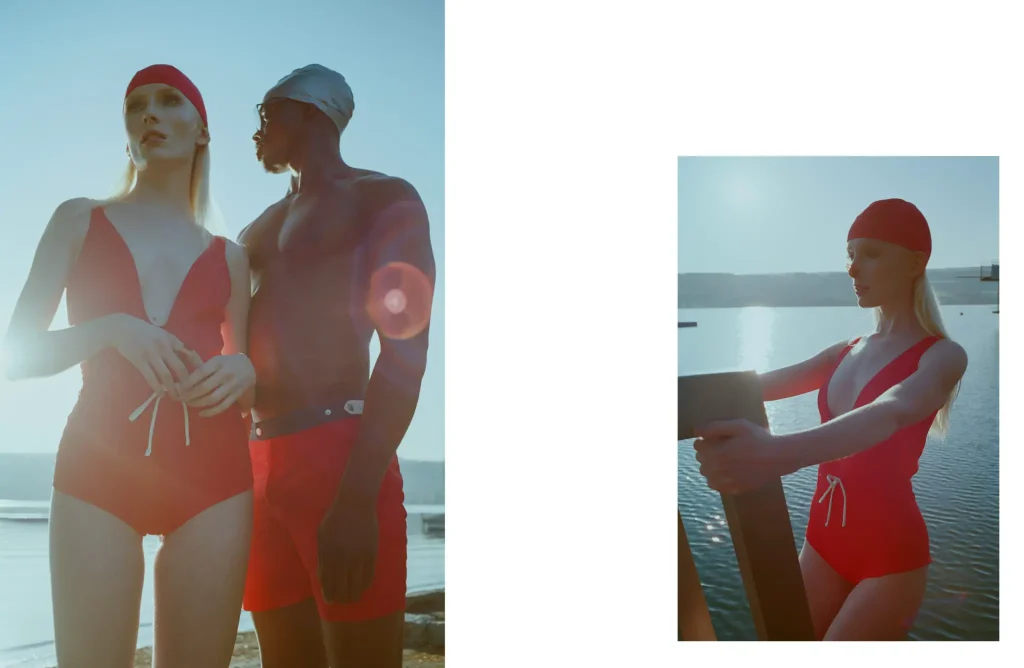
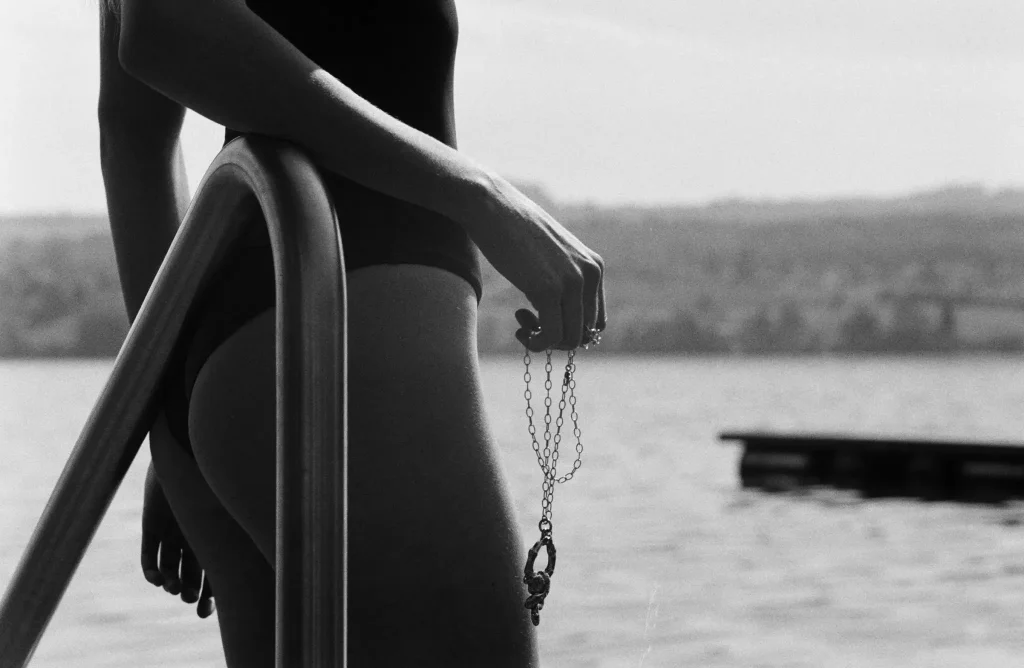
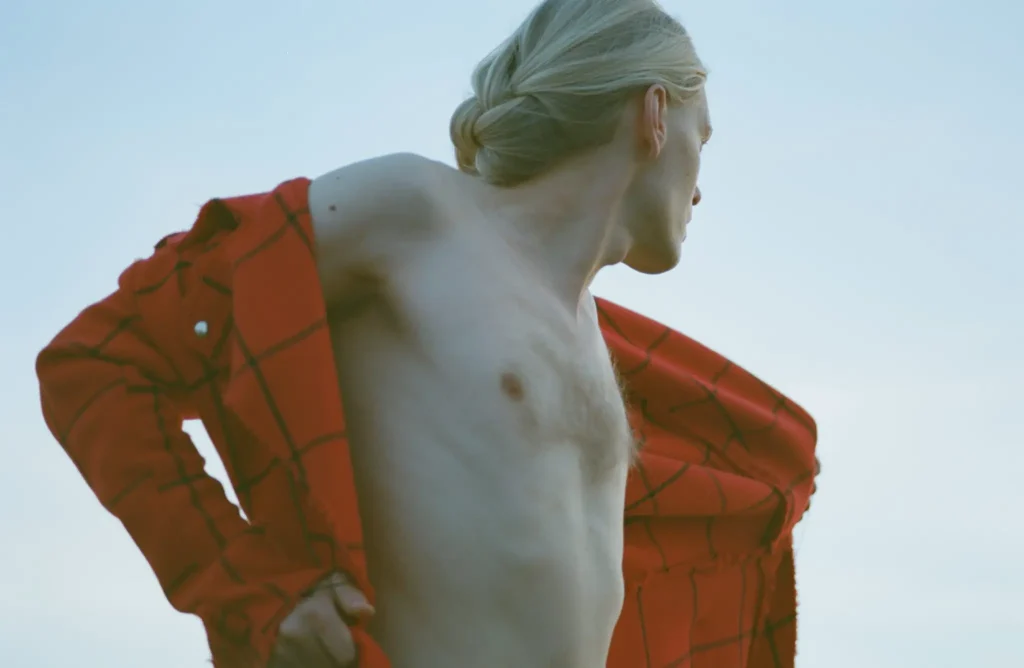
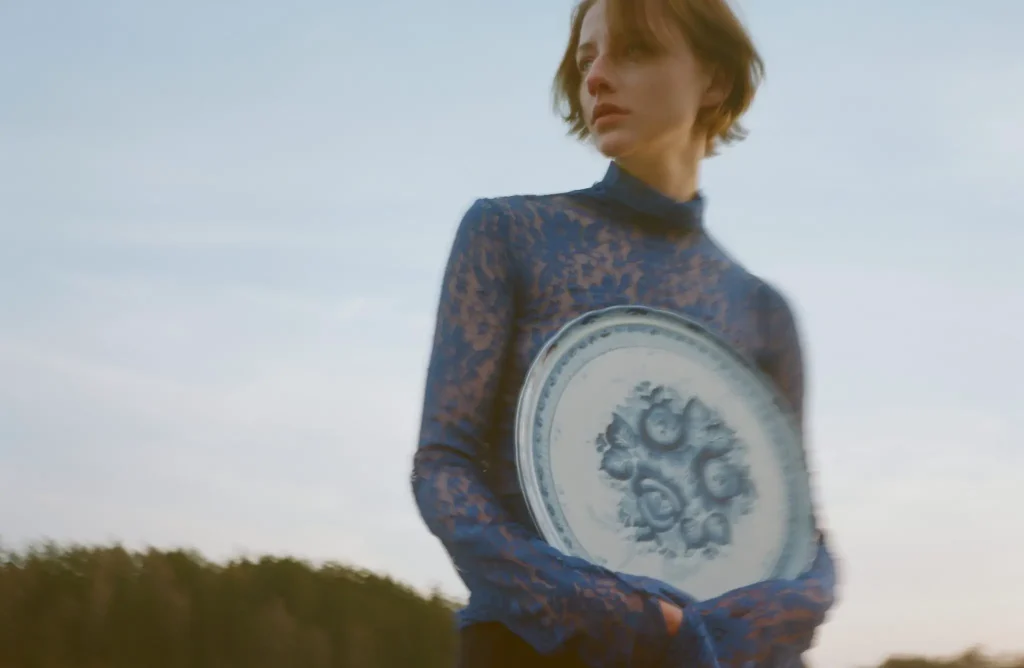
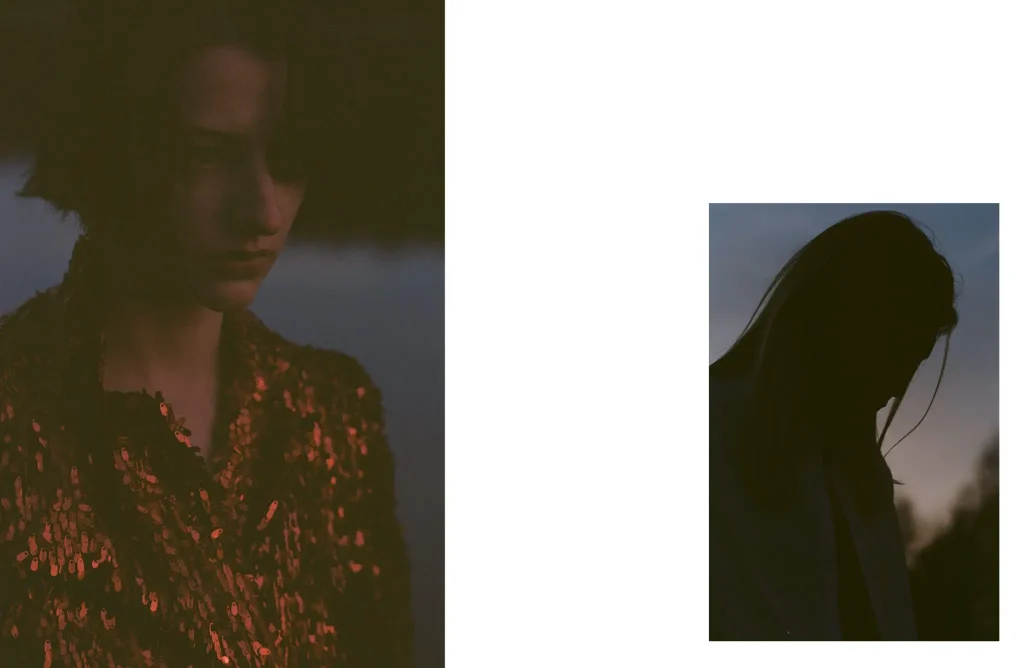
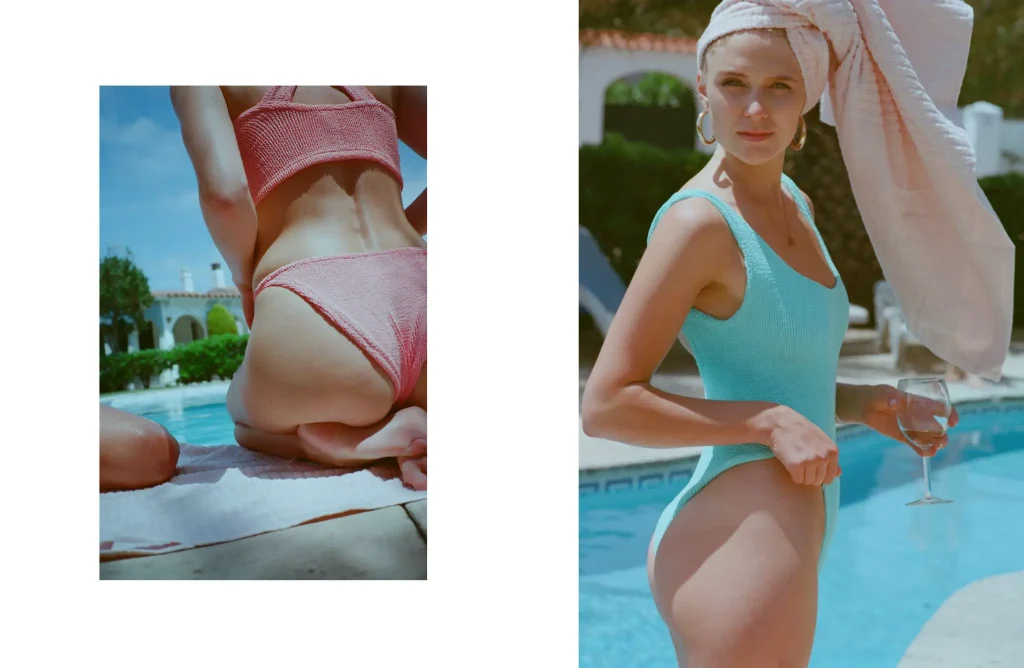
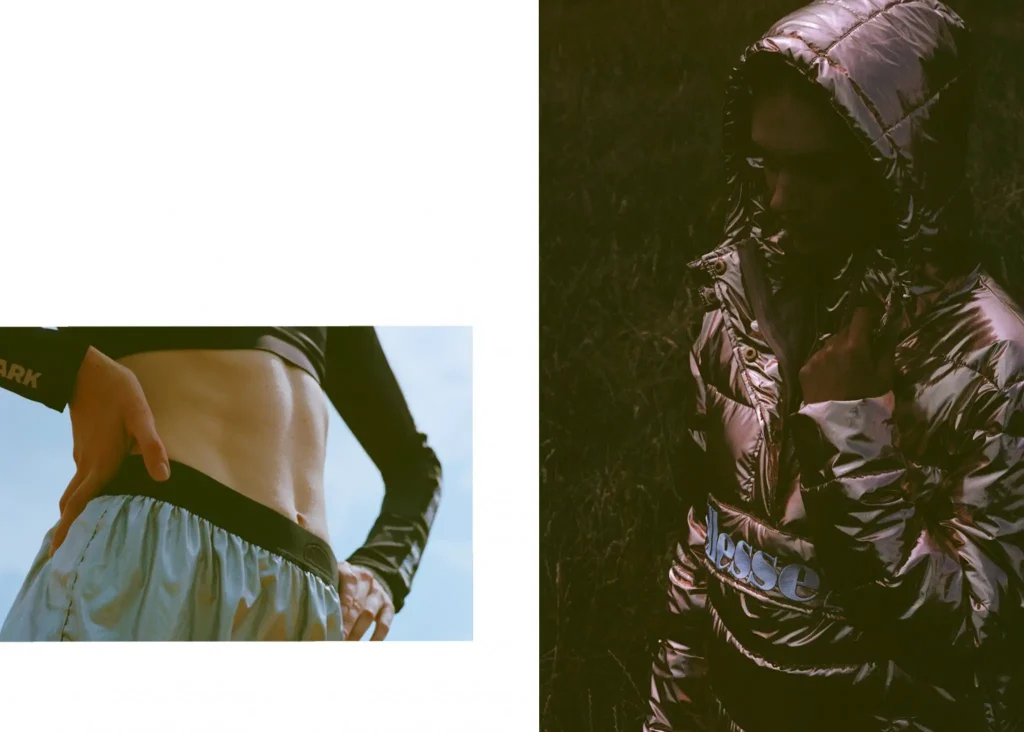
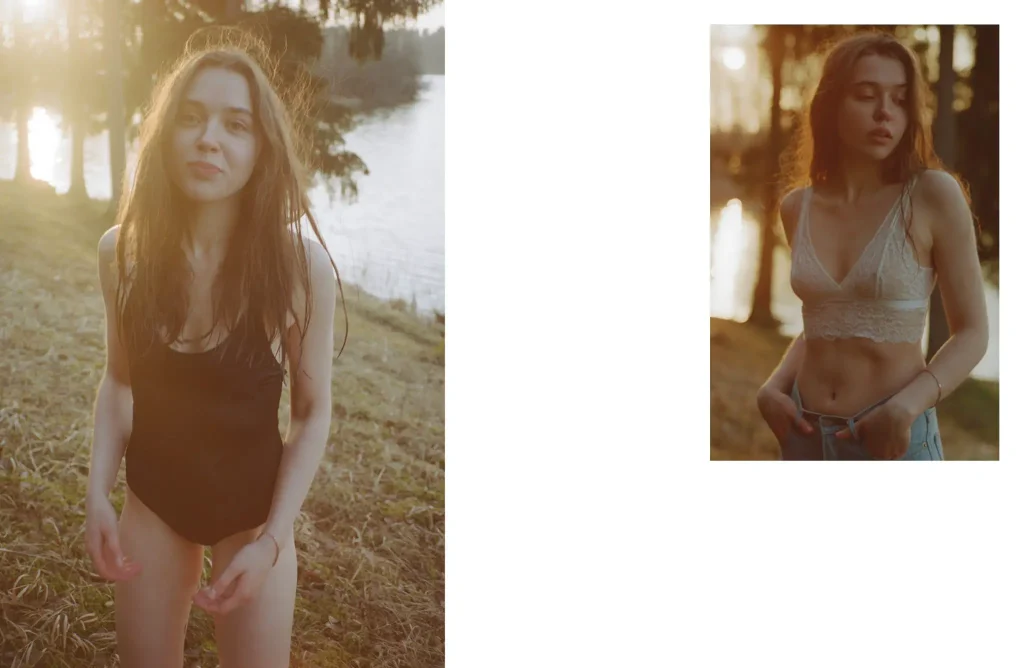
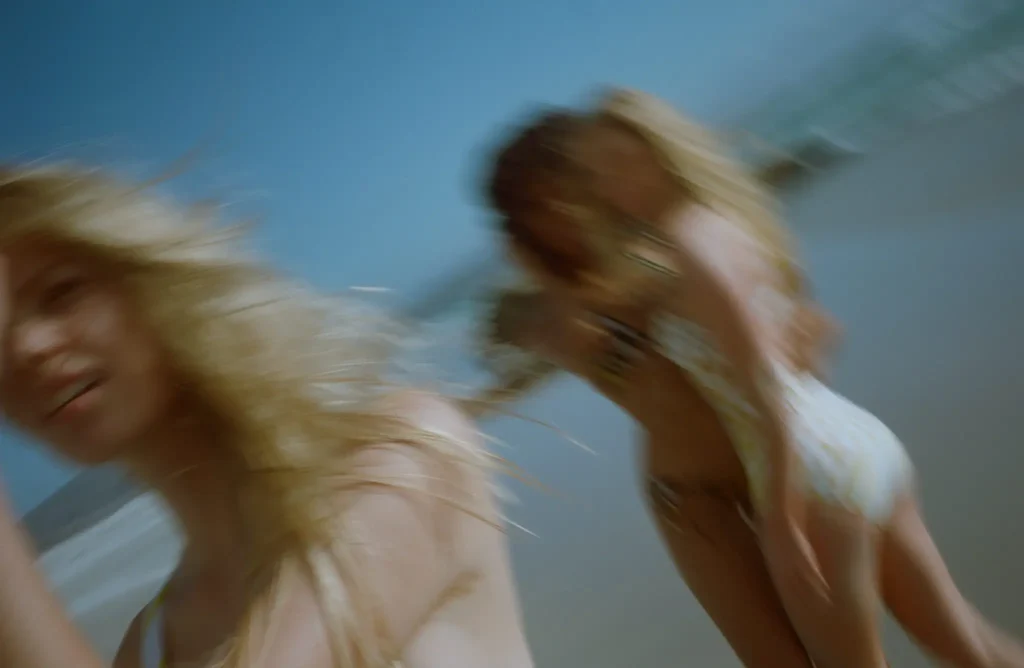
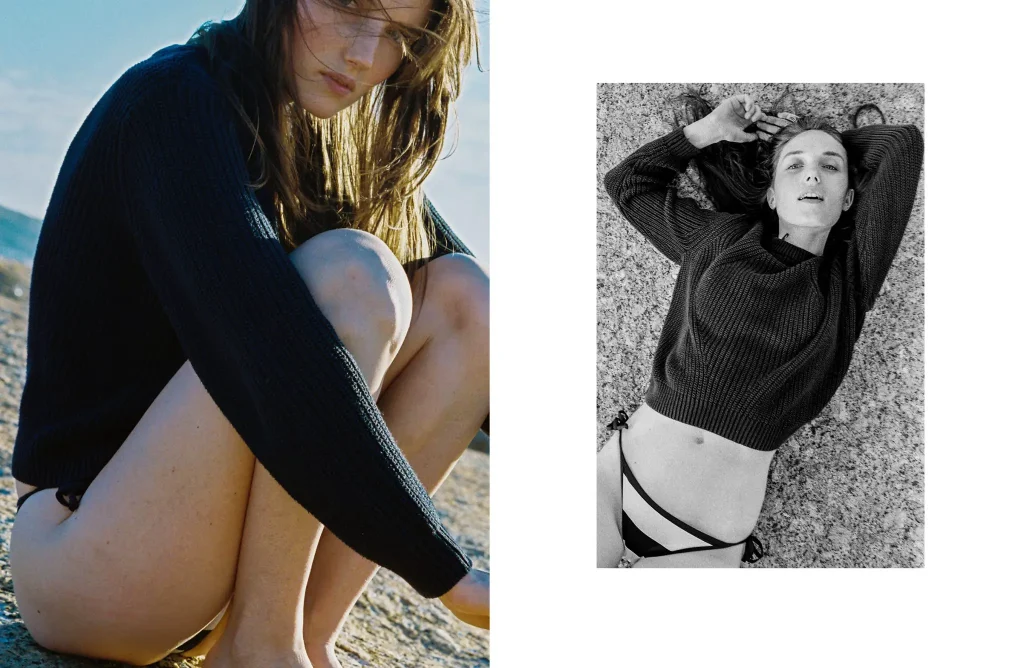
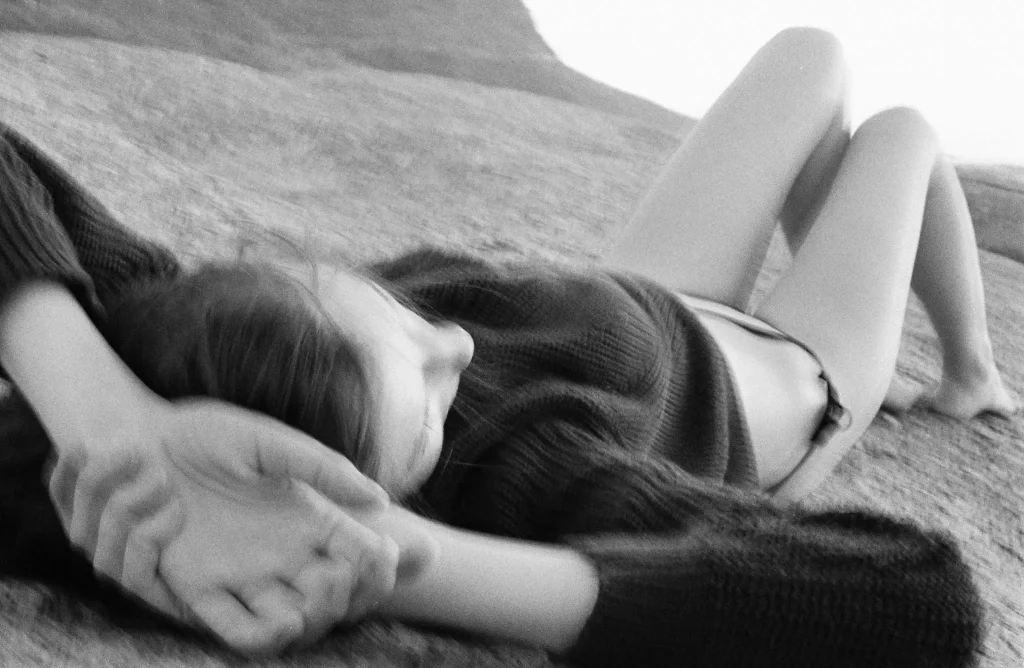
A. There are multiple themes I touch on within my photography, which are very evident to those that look deeply. Each story has multiple subtexts, messages and ideologies questioned or questions asked, I’ve always done that in my work, right from the start, only now I’m loading a lot more in each time.
The stories I portray are always linked in some way to the rest of my work (especially since archiving my portfolio prior to February 2018) there are some noticeable signatures which link my work from the beginning, I think it’s impossible to get away from that, however, transitioning to analogue since then has allowed me to express with more ‘purity’ what I want to say about photography, my world, the zeitgeist and the industry with relation to art itself.
H. Thanks Alex, there are a few points I want to pick up on already in that! If it’s ok, I think I’d like to start the conversation around the theme of “inspiration” as that’s something we discussed at length. We talked about the idea that film photography is a current “trend” and that this has possibly encouraged a culture of imitation rather than people finding their own way/style within the medium.
As you mention you archived your work in February. Why did you do this? And perhaps you could tell me a little bit about your feelings toward inspiration – especially from the perspective of someone who could be regarded as being in a position to be able to inspire people.
A. I want people to look at my work, to see my style, and understand my message. But if I am to inspire people, I would like them to be inspired to explore how they might represent their message, not an imitation of mine. Photography is all about the message, not the look! The look is just a vehicle for a part of the message, without the message, the art is worthless.
Let’s put it this way, imagine we see a Jackson Pollock work, we admire it, it inspires us to create, to think, to see possibilities within ourselves. Yet it would be an immeasurable crime just to copy his style (especially without even knowing his message) and then sell it off as our own creation to an unsuspecting audience.
I see people doing this every day in “street photography” for example, some people are making money out of giving workshops on how to copy artists work such as Saul Leiter and others. Worse yet, some are pretending it’s their own creation and idea. It’s ridiculous, they are nothing more than cloned forgeries and creating nothing more than ‘decorative art’ in my opinion. The original idea is KING! Stealing someone else’s ideas, looks and messages should not be celebrated in the way social media allows it to be.
Photographers need to work on and present their own message, visions, feelings and do it in their own unique style.
Photographers need to work on and present their own message, visions, feelings and do it in their own unique style. All the masters had their own unique visions and ways of expressing it, they didn’t go and copy each other like people do today! The masters might have been inspired, but I feel it is evident in the best of them that more than anything else, they were inspired to find their own unique voice, through experimentation and other means, mostly – I would suggest – a lot of self-reflection.
H. This clearly means a lot to you. How do you feel about where you are up to with your own style?
A. It has taken me a lifetime to understand what I want to begin to say and will take me the rest of my life to realise what I wanted to say.
H. I get that! I don’t think I have refined my style to the degree you have, nor my message, but I am happy with the progress I am making. As I mentioned on the phone, I’m starting to hone in on a few ideas that feel like they are representative of my outlook on life, what I enjoy, and what I want to represent in my work. I only mention this as I think it helps to highlight a point that we agreed upon during our conversation, that being that a key part of finding one’s style, and indeed what one wants to say, is not to force it, or rush to find it.
Ultimately, it’s quite hard to escape from the fact that one’s style can really only be defined by an entire lifetime of work… which is quite a lot of time to spend working on it.
But anyway, as we joked about on the phone, that’s quite a big topic. Let’s get back to analogue photography. You mentioned transitioning to analogue photography has allowed you to express yourself with more “purity”. Can you expand a little bit on that for me?
A. The transition to analogue photography has freed me from the computer, it allowed me to work more in a classical way. I allow the materials or media I use to bring their own unique elements to the image, the exposures, chemical reactions and ultimately the final execution all bare relevance to the message. To manipulate my imagery and create a story later solely through digital corrections and adjustments just doesn’t, and never did fit well with me.
H. Interesting. Can you expand a little on how the materials bring something to the table, and why you don’t find this to be the case with digital?
A. I grew up in Photographic labs, my parents owned a few. Growing up I worked in them, helping out; I have always seen photography to be a chemical and tactile process involving the capture of light.
Digital capture misses the chemical reaction on the film created when the light hits the emulsion in a certain way, it will react slightly differently every time, depending on too many atmospheric variables to mention.
Digital, on the other hand, is a lot more consistent. No matter what we do, we can always just increase or decrease exposure in post to get almost any result we want. However, with analogue you need to expose as you want the first time, for example, underexposing will give such a different colour cast across each channel.
Once you understand this, you can begin to see how light is different at different times of the day and how it represents itself on various film stocks differently. This is super exciting for me! I could go on for days!
I’ve been working with Kodak Ektar a lot because it’s a sometimes-unforgiving film in terms of its tolerances, and I find that most people seem to expose and scan only in a certain way. I wanted a film which I could use, expose, and post process in my own way to enhance my messages uniquely.
I tend to shoot most stocks in a very different way than the normal, this is fun and affords me ‘the look’ that some can see. But as I say – and to get back to the ideas around messaging – this ‘look’ should never be removed from the message as a whole.
An easy example of what I mean here is that anyone can shoot green-casted photos say, like the look of the Matrix movie… Sure its a look, but does it fit the story in the way it does in the movie? This is what I mean when I talk about how important it is not to forget the message!
H. Ok, this is interesting and touches on something else we talked in some depth about. Analogue forces the photographer to think about the final image so much more before the camera is even loaded with film. How important do you think this is in terms of finding a style? Do you think analogue is inherently better at helping people find their style/way to represent their messaging, or do you think this is style/message dependant?
A. I think the realisation of style should be congruent with message, look is something which unfortunately too many starters focus on and forget the intended messaging or meaning behind their art… Unless we are creating decorative craft (so many are) we need first to focus on what we want to say, once we have done that, and know what we want to communicate we can go about the ‘how’…
For me analogue photography goes with my ‘commentary and message’ so it’s a natural fit, but one should be more concerned with what their images say than how they look…
That said, mastering (not simply dabbling in) analogue photography frees the practitioner up to have many more creative tools for expression at his disposal, “a samurai does not only practice sword, and a writer does not only practice calligraphy”
‘Look’ is only one shallow layer in the art piece…
H. Thanks, Alex! Ok so let’s end on a big question then. With all that you’ve said in mind, what advice would you give to someone looking to find what inspires them, and perhaps how this might translate into their own style?
To me finding one’s voice, point of view or unique questions is everything in life
A. To me finding one’s voice, point of view or unique questions is everything in life, especially in today’s society! People have lost their individuality, or at least it seems they are afraid to express it publicly. Instead, it so often seems people want to “fit in”. Identity Politics has a lot to do with this. My message has to do with this exact topic. I believe the zeitgeist is central, artist’s works often reflect concerns associated with their time, mine centre around tribalism in creative Fields’s and general social homogeneity…
I think therefore that my advice would be to think deeply about what puzzles you and comment on that if that’s the way you are inclined. Having said that, we don’t all need to be giving messages which invoke change, others may choose to celebrate something, this comes down to personal ambitions and feelings of community responsibility.
I feel compelled to reflect and cause thought, but this doesn’t mean I think everyone will find their calling here, nor should it, and nor does that validate my message more than someone else’s which is of a different approach…
I simply hope to inspire others to “zig” whilst the rest “zag”; it’s here you’ll find your uniqueness!
I guess what I’m trying to say is, the first step is to look at yourself, then your community, and decide what your role is within this structure. Perhaps you shoot for yourself and are not interested in messaging, and again that’s totally viable, and your choice too!
I simply hope to inspire others to “zig” whilst the rest “zag”; it’s here you’ll find your uniqueness! In my opinion, we need more individuals to forget validation from peers and social groups, focus on what you like, or love, or hate (or whatever) deeply!
I hope that answers the question? It’s a tricky one! I want people to realise the approaches are infinite, and that I don’t know them all! I would say, the most important thing is to be your own person! We need more ‘original’ people, today more than ever!
H. I think it does, thanks, I agree it’s not an easy question to answer. I think that covers most of what we chatted about on the phone anyway. So finally, if people want to find your work or get in touch, how can they find you?
A. Oh nice, that’s great, I’m always up for sharing ideas… Anyone can reach out! I’ll endeavour to reply quickly!
My portfolio + website link is: www.alexlambrechts.com
I’m also relaunching Morehuman magazine which is a premium bi-annual, all-photographic sports journal celebrating extraordinary human feats + passions from across the globe… The full comprehensive media kit can be found at: www.morehumanmagazine.com
And finally, my Instagram is: www.instagram.com/alex_lambrec
Share this post:
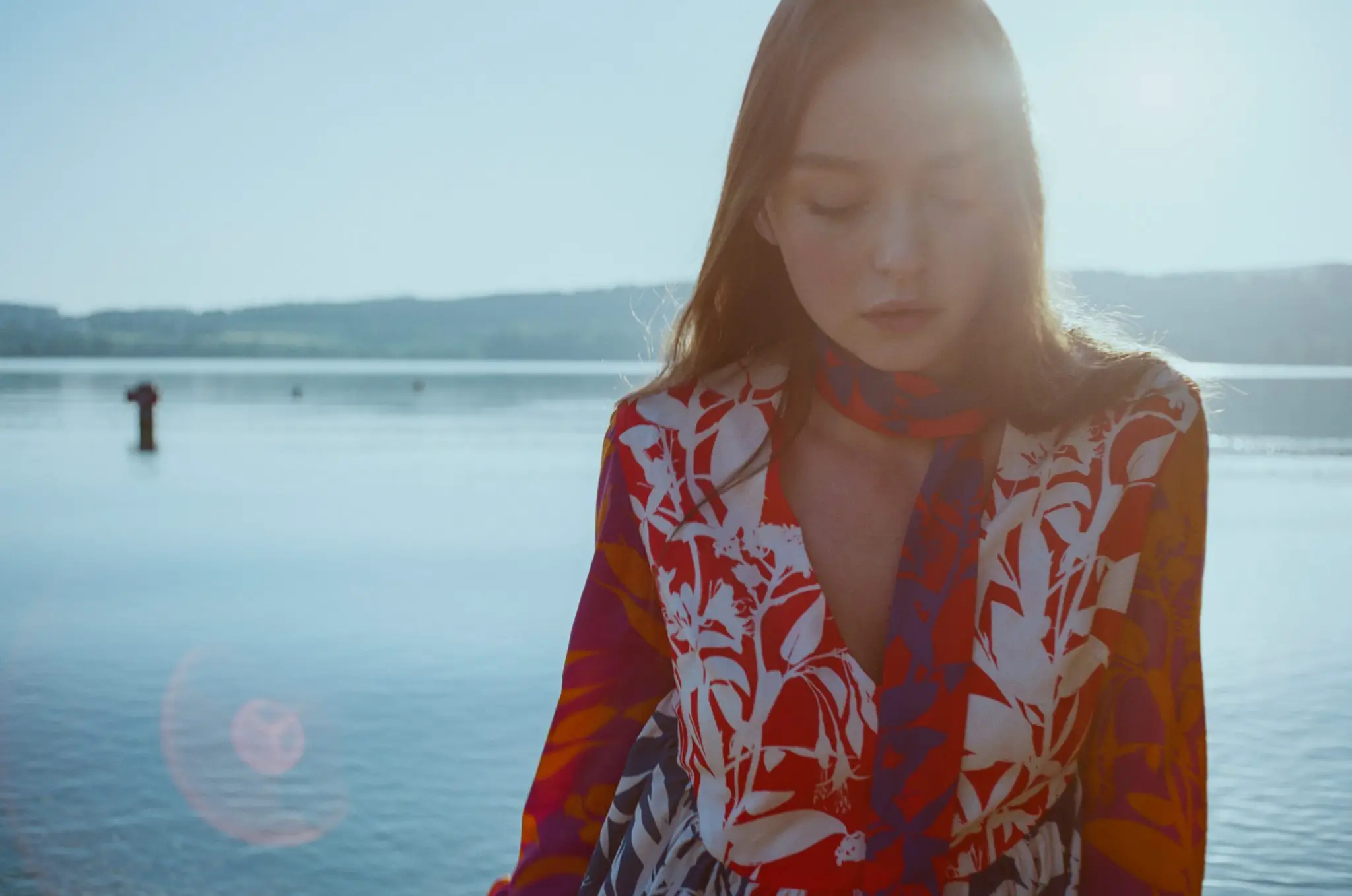








Comments
Fernando Vázquez Santos on Alex Lambrechts on Inspiration and Style – an Interview by Hamish Gill
Comment posted: 07/05/2019
"Photography is all about the message, not the look!"
How truth is that and how much forgotten, diluded in the digital world!
Many thanks.
Alex Lambrechts on Alex Lambrechts on Inspiration and Style – an Interview by Hamish Gill
Comment posted: 27/09/2019
BTW: I recently changed my website address to www.alexlambrechts.com
x
Comment posted: 27/09/2019